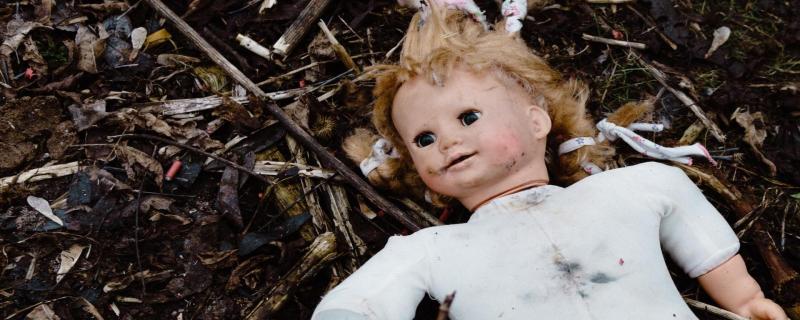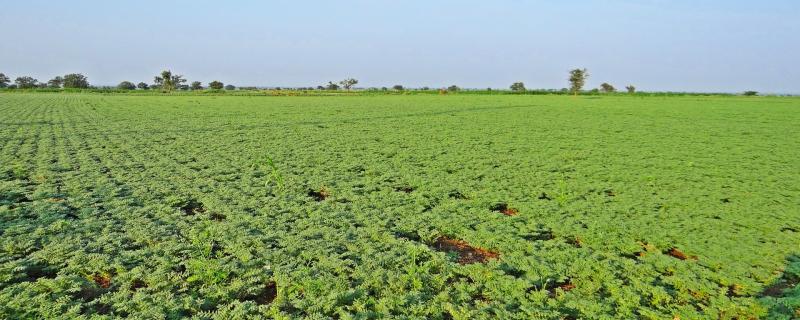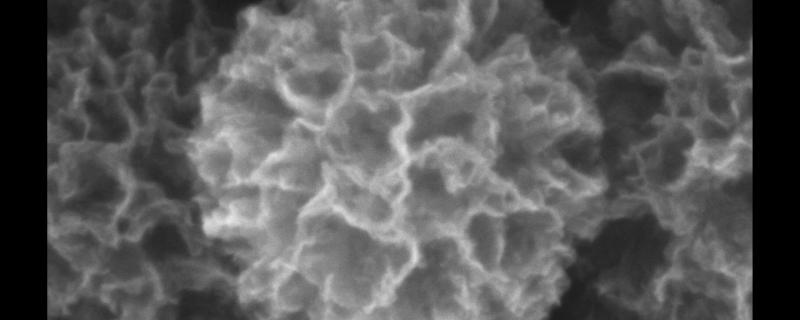Nanomaterials are revolutionising the way we do things with applications in medicine, electronics and biocompatible materials, to name a few. Scientists are studying various nanoforms of carbon—nanotubes, nanocones, nanohorns, two-dimensional graphene and even carbon onions! Now, researchers from the Indian Institute of Technology Bombay have added a new form to this list called nano carbon florets. These nano-sized florets, shaped like marigold flowers, have much more than just good looks to flaunt; they can help keep the environment clean by removing harmful heavy metal pollutants from industrial effluents. In a study published in the journal ACS Applied Nano Materials, Prof C Subramaniam and his team from the Department of Chemistry have designed nanocarbon florets that can remove up to 90% of pollutants containing arsenic, chromium, cadmium and mercury.

![Alexander van Dijk from San Francisco, United States [CC BY 2.0 (https://creativecommons.org/licenses/by/2.0)] An Inexpensive Approach to Patterning Cells in a Lab](/sites/researchmatters.in/files/styles/large_front_800x320/public/image1.png?itok=HS4T0uM7)


![[Image credits - https://unsplash.com/photos/X6ZsIj6V8Ew] Good to Netflix and chill, but why the tobacco still?](/sites/researchmatters.in/files/styles/large_front_800x320/public/luka-malic-x6zsij6v8ew-unsplash.jpg?itok=slmEIiE4)

![A free-ranging dog amidst a market [Image credits: Shubhra Sau] With humans around, dogs on the street tend to be friendlier](/sites/researchmatters.in/files/styles/large_front_800x320/public/image1_12.png?itok=ewUASeMC)
![Salted capers [Image Credits: James F. Carter / CC BY-SA] The capers in your pasta are a lot more different than you think](/sites/researchmatters.in/files/styles/large_front_800x320/public/image1_12.jpg?itok=KwScZpe9)
![Cnemaspis bangara, one of the new species discovered. [Image Credits: Tejas Thakeray] Researchers find three new species of geckos lurking under granite rocks in the Mysore Plateau](/sites/researchmatters.in/files/styles/large_front_800x320/public/gecko1_23june.jpg?itok=7UFr3URg)

